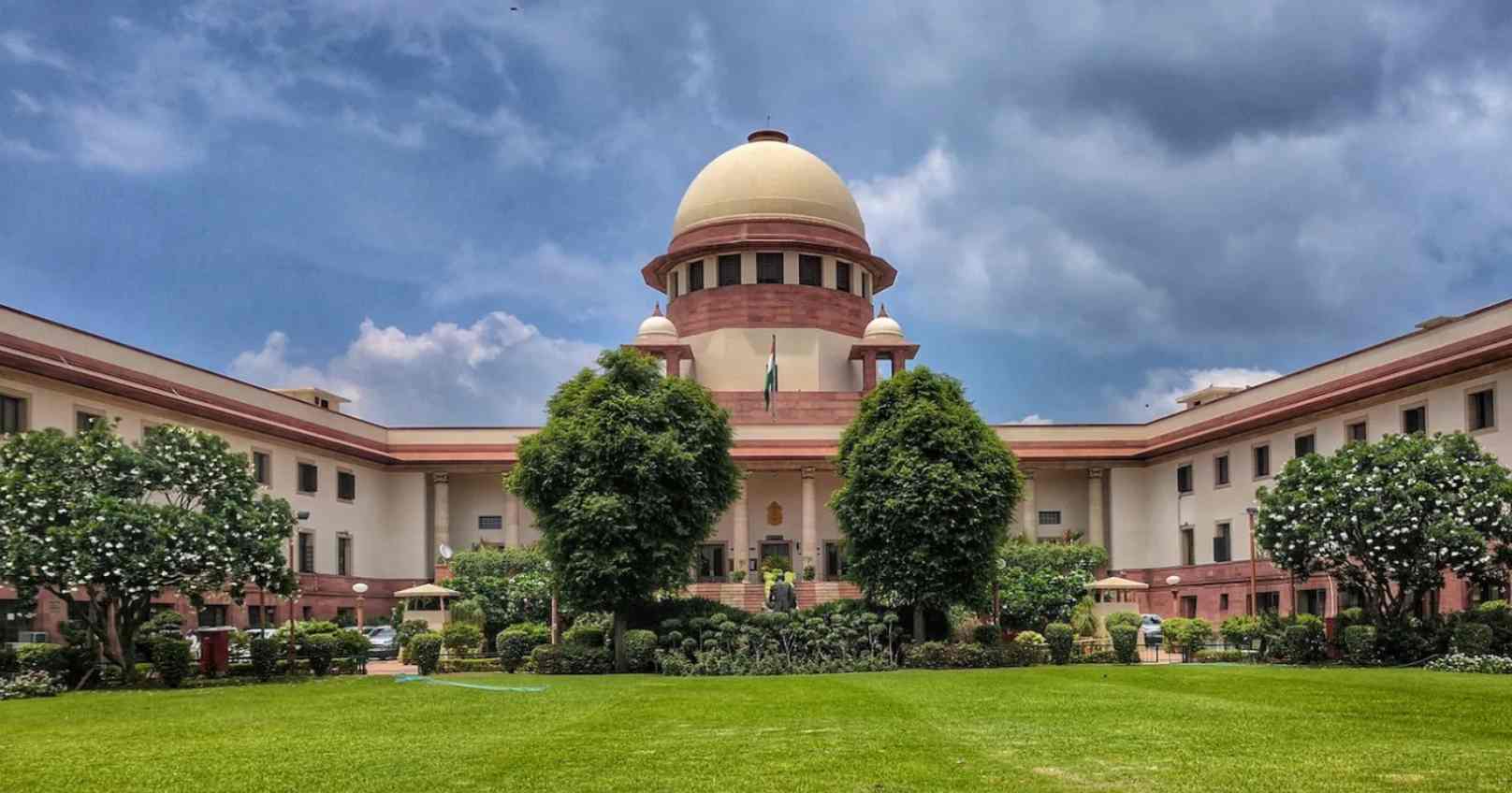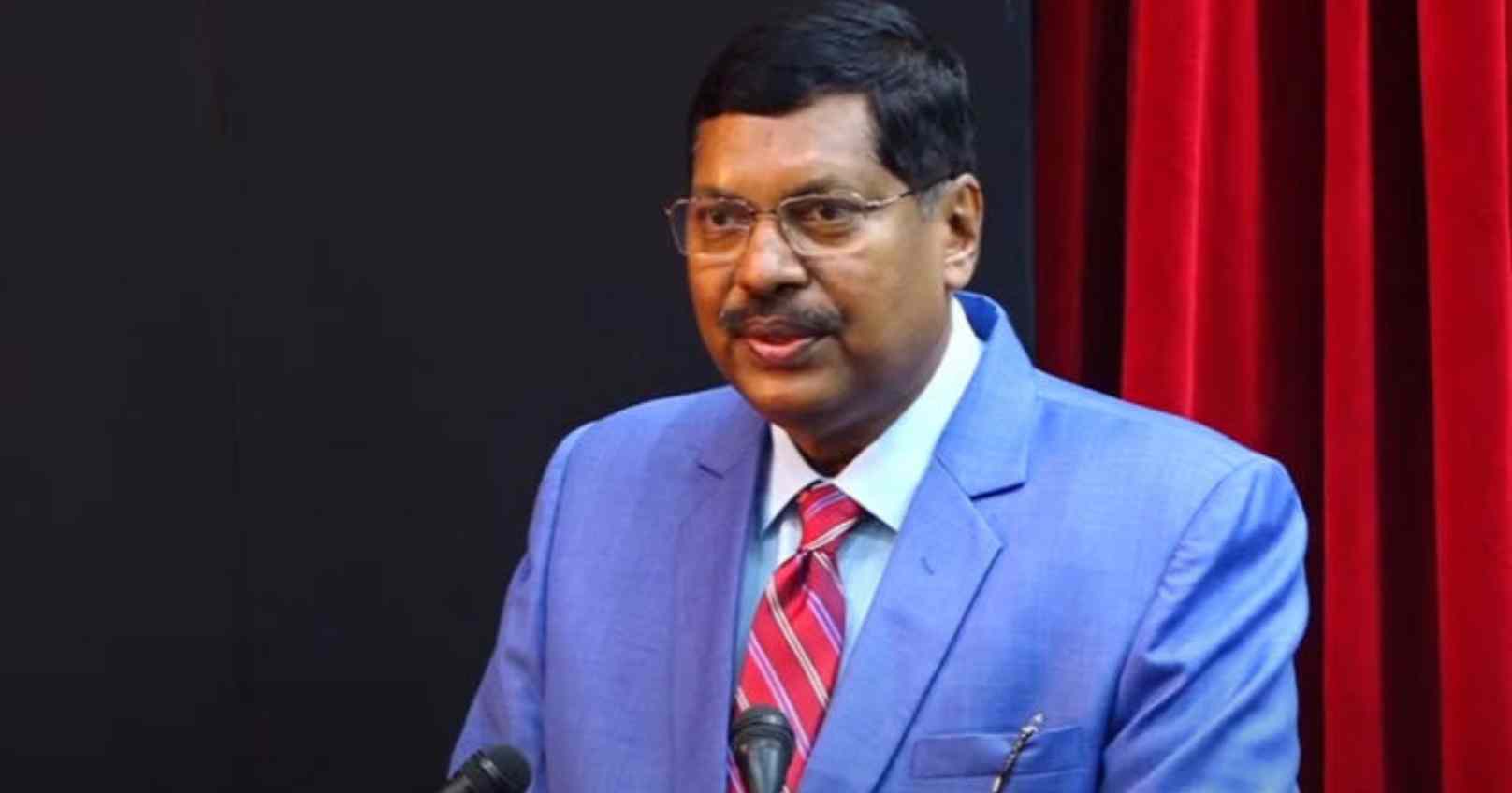Being legally ingenious
Mastering Legal Ingenuity: Lessons from Iconic Courtroom Strategies
29-08-2024Mastering Legal Ingenuity: Lessons from Iconic Courtroom Strategies
29-08-2024Across the world, lawyers devote substantial time and energy towards crafting apposite legal strategies to attain success in courtroom battles. They read up briefs until late night, organize their notes—or workspaces in LiquidText—and visualize their advocacy in the courtroom. To this end, they endeavor to dig up as many precedents as possible, devour wisdom from senior colleagues, read up biographies/autobiographies of giants of the Bar, and observe courtroom proceedings.
However, one aspect which they do not pay enough attention to is framing ingenious propositions of law. In his delightfully enriching autobiography ‘Roses in December,’ Justice M.C. Chagla lamented the tendency among lawyers to rely excessively on precedents and not endeavor to convince a court of law on the strength of a particular proposition of law. In this context, young lawyers would benefit by learning about the following instances of courtroom brilliance, which were a direct function/byproduct of legal ingenuity.
The first case is the famous INA trial. INA, or the Indian National Army, was led by Netaji Subhash Chandra Bose. INA represented the Azad Hind government of India, which waged a war against the British colonizers. After INA suffered a decisive setback, the senior military leaders of INA were captured by the British. Tellingly, the British decided (mischievously) to constitute a military tribunal to try the INA leaders and decided to confer retrospective jurisdiction on the tribunal. The British alleged that the INA bravehearts were guilty of committing the offense of, inter alia, murder (as defined under the then extant Indian Penal Code). To defend the patriots who were about to be put on a sham trial (the fate whereof was a foregone conclusion), the late Bhulabhai Desai was engaged as the lead arguing counsel. Appearing in the murder trial of the INA bravehearts, Desai formulated—and advanced—a fascinating and ingenious proposition of law: IPC and India’s domestic law would not be applicable to the accused, as they would be governed by International Law; by virtue of them waging war on behalf of and representing the provisional independent Government of India. To buttress this submission, Desai relied on, inter alia, the letters from the national governments of Axis powers (Germany, Italy, and Japan) recognizing the provisional government of India, headed by Netaji Subhash Chandra Bose. In this backdrop, Desai argued that since the accused were representing an armed force that was representing a provisional government (recognized by major international powers), they could not be subjected to the rigors of India’s domestic law. It is tough to think of a better illustration of ‘out of the box’ thinking than this argument. Desai did not start by defending his clients on facts that they were not factually guilty of committing the offense of murder. Rather, he set out to eliminate the legal foundation itself, which was sought to be invoked against his clients. Not only does this reflect breathtaking legal acumen but also an appetite for being legally ingenious and not being too reliant on precedents while assisting courts in laying down law.
Yet another instance of this aspect is the forensic brilliance displayed by Nani Palkhivala—arguably the greatest lawyer in India’s history—in the Kesavananda Bharti case. While there is a school of thought that the basic structure doctrine owes its origins to a judgment of the Pakistan Supreme Court (pronounced in the decade of the 1960s), there can be no quarrel with the proposition that among the legal luminaries who appeared in the said case, it was Palkhivala who propounded the formulation of basic structure; with steadfast belief that the core/fundamental features of the Constitution are beyond the purview of article 368. In this context, he argued: the power to amend the Constitution presupposes that the outcome, upon amendment, must be the Constitution itself. Ergo, there necessarily ought to be some basic/core features of the Constitution which cannot be amended and that the power to amend the Constitution cannot be construed to mean that Parliament has the power to repeal the Constitution itself. Palkhivala’s repertoire had more legally ingenious arguments. On the question of whether the Preamble (to the Constitution) can be amended, Palkhivala argued that it cannot be amended. Palkhivala formulated the proposition: there is a distinction between the Constitution and Constitution Statute. He elaborated by contending that Article 368 confers the power to amend only the Constitution, i.e., the provisions which constitute the Constitution. It was argued that the preamble forms part of the Constitution Statute and thus, would fall outside the ambit of Article 368. All these propositions are breathtakingly ingenious.
The third case is a relatively lesser-known case arising from the Bombay High Court [Bombay Municipal Corporation and Anr. Vs. Ramachandra Laxman Bloasay – AIR 1960 Bombay 58]. The key figure in the said case was Imre Nagy, the former Prime Minister of Hungary. Nagy was a proud freedom fighter for his motherland and paid the ultimate price—by succumbing to death—during the Hungarian revolution in the 1950s. His exemplary contribution to his nation, as a freedom fighter, was sought to be discussed at a meeting of the Municipal Corporation of Greater Bombay on 10th July 1958. As one can easily discern, in light of India’s newly attained independence, the underlying motive was lofty and was intended to highlight the bravery of freedom fighters. In this context, a resolution was proposed to highlight the colossal contribution of the former Hungarian PM towards Hungary’s independence. This was opposed by a councilor of the Corporation, who contended that such resolutions belong in the realm of foreign affairs/politics and the Corporation is not imbued with the powers to introduce/pass resolutions of such import. The said councilor filed a writ petition before the Bombay High Court and the said petition was allowed. The Single Judge of Bombay H.C. issued a writ to the Corporation, precluding it from discussing or passing the aforementioned resolution. The factor which weighed with the Single Judge while issuing the said writ was: since the Corporation is a creature of a statute, it cannot travel beyond the contours of the statute itself. It was further opined that since the statute does not expressly contemplate and confer a power of this nature on the Corporation, its proposed resolution fell foul of the law. This order was impugned by the Corporation before the Division Bench of Bombay HC. On behalf of the Corporation, it was argued that the impugned resolution dealt with promoting (among the general public) “public instruction/education” and thus, this action fell within the ambit of clause (k) of Section 63 of the Bombay Municipal Corporation Act, which empowered the Corporation to promote public instruction/education. An argument was constructed that the act of imparting education is not limited to classrooms but would also entail, within its ambit, a public meeting of the Corporation which highlights such issues. The argument was countenanced by the Division Bench of the Bombay High Court, which held that the Corporation could discuss and pass the impugned resolution. It is abundantly clear that an ingenious measure was resorted to—on behalf of the Corporation—to contend that it had the power to discuss a resolution in the realm of (for all practical purposes) geopolitics, by virtue of the provision which empowered it to promote public instruction/education. A novel legal strategy, indeed!
Finally, the fourth instance is the landmark judgment of the U.S. Supreme Court in the case of Olmstead vs. United States. The dissenting opinion of Justice Louis Brandeis in this case is, arguably, the judicial fountainhead of the much-celebrated Right to Privacy. This was a case where the U.S. Supreme Court upheld the federal government’s impugned action of using phone-tapping to secure evidence regarding violations of the National Prohibition Act. On behalf of the accused, it was contended that the impugned action fell foul of, inter alia, the Fourth Amendment to the U.S. Constitution.
The Fourth Amendment reads: “The right of the people to be secure in their persons, houses, papers, and effects, against unreasonable searches and seizures, shall not be violated, and no warrants shall issue, but upon probable cause, supported by oath or affirmation, and particularly describing the place to be searched, and the persons or things to be seized.” On the strength of this constitutional provision, an argument was constructed that wiretapping by government constitutes a colossal violation of the right emanating from the Fourth Amendment. The legal ingenuity ingrained in that line of argument can be appreciated only when one is conscious of the fact that this case and this argument took place almost a century ago. Back then, this formulation certainly qualified as a novel proposition. While the argument itself was not countenanced in that case, it became the bedrock for subsequent development of a robust Right to Privacy through judicial pronouncements.
A holistic perusal of the aforementioned instances demonstrates that it is not only desirable but imperative to develop the art of formulating ingenious arguments. It is an indispensable tool in the arsenal of a skillful lawyer. Not only does it improve one’s odds of attaining success in a case, but it also has the effect of rendering quality assistance to courts, enabling them, in turn, to make a rich contribution to jurisprudence. In the captivating biography of C.K. Daphtary—the first Solicitor General of India—entitled ‘The Delightful Mr. Daphtary,’ the authors write that Daphtary was of the view: lawyers would be better off if they spent more time thinking about a brief, rather than re-reading it multiple times. That course of action would be a good way to embark on the journey of developing ingenious arguments.
- Avin Chhangani is a practising advocate at Rajasthan High Court.


A PIL by Sanvedana Foundation challenges the IRDAI’s 2020 circular allowing insurers to exclude ep
Read More
A Delhi court has ruled against releasing hotel CCTV footage in a case involving two Army Majors, ci
Read More
Chief Justice BR Gavai has pushed back against criticism of the judiciary over case backlogs, saying
Read More